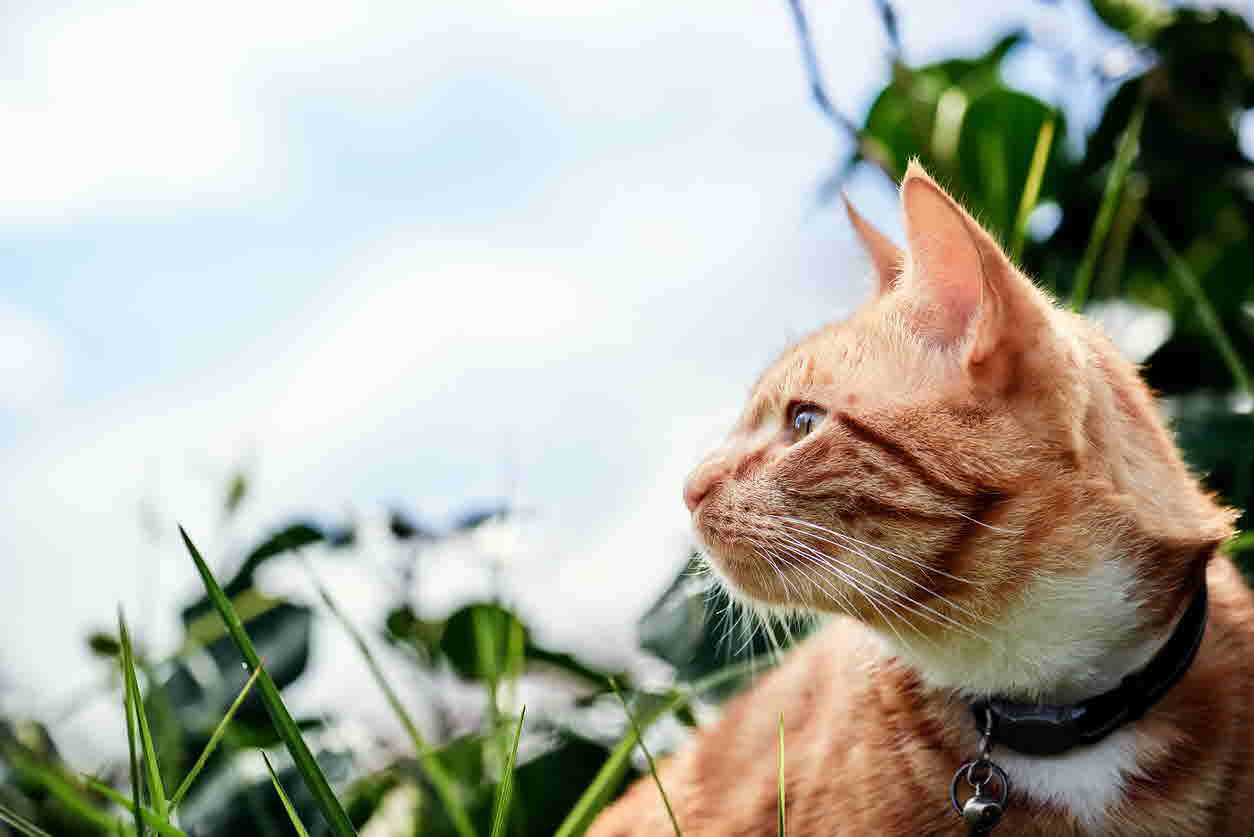
When the Easter bunny comes to town, so too do some potential hazards that every pet owner should be aware of. It's not only chocolate eggs that can be an issue; hot cross buns and Easter lilies pose a danger to our pets as do plastic Easter toys and basket stuffers. It’s a good idea to make yourself familiar with these hazards so you know what to watch out for and what to do if your pet does get up to mischief over Easter.
1. Hot cross buns
Many people are shocked to learn that sultanas, raisins and currants (all from grapes) may contain a toxin that can cause kidney damage in dogs. Easter treats such as delicious hot cross buns are often laden with these dried fruits as are chocolate covered sultanas and raisin bread. It is best to keep these off the menu for your canine friend and also watch for any of this fruit that may happen to drop on the floor.
There is no current accepted toxic dose of sultanas, raisins, currants or grapes, so all ingestions should be treated as potentially dangerous. Your veterinarian will need to make your dog vomit (induce emesis) to reduce the toxicity and may also monitor your dog for symptoms of kidney damage.
Early symptoms to watch out for:
- Vomiting and or diarrhoea soon after ingesting the sultanas, raisins, currants or grapes (look out for remnants of the fruit in the vomit or faeces)
- Reduced or lack of appetite
- Lethargy
More severe symptoms of kidney damage may occur 24 to 48 hours later:
- Excessive thirst
- Initially increased urination
- Abdominal pain
- Dehydration
- Uremic breath
48 to 72 hours post-ingestion the kidneys may start to fail completely leading to decreased urine production (or no urine at all). At this point, the prognosis is poorer.
Early treatment is essential so if your dog does ingest any sultanas, raisins, currants or grapes you should seek veterinary attention immediately.
2. Easter lilies
These beautiful fragrant flowers can cause kidney failure in cats and it’s important to be aware that all parts of the plant are toxic.
Lillies are so poisonous that a cat can develop fatal kidney failure after simply nibbling on a leaf, licking pollen off their coat or even after drinking water from a vase with cut lilies in it. Kidney failure can occur within 2 - 3 days so to keep your cat safe, it is best to avoid displaying and growing these flowers altogether. Cats kept inside and who are curious are most at risk as they are more inclined to brush up against the flowers or investigate a vase of flowers in their indoor space.
Early symptoms (in first few - 24 hours) include:
- Lethargy
- Drooling
- Vomiting
- Loss of appetite
Symptoms of kidney failure occur 24 -72 hours after ingestion:
- Increased thirst
- Increased or decreased urination
- Dehydration
- Vomiting
Complete kidney failure and death may occur beyond this if supportive treatment (such as intravenous fluids) is not initiated.
Any lily that is a member of the Lilium family (including Easter, daylily, Asiatic, Oriental, Tiger lilies etc.) are potentially dangerous.
Although not members of the Lilium family, many people ask if the Peace lily and Lily of the valley are also poisonous to cats. The Peace lily does not cause kidney failure but if it is ingested it can cause irritation to the mouth and gastrointestinal tract. Lily of the valley can lead to vomiting, diarrhoea, a drop in heart rate, severe cardiac arrhythmias, and possibly seizures. We recommend avoiding lilies at all costs in households that include cats!
If you are worried about your cat you should call your veterinarian for advice. They may wish to perform blood and urine tests on your cat to assess their kidney function and monitor any changes.
3. Chocolate
Chocolate contains a derivative of caffeine called theobromine. Dogs have trouble digesting theobromine and ingestion leads to hyperactivity, tremors, panting and a racing heart, vomiting, diarrhoea, and seizures. Theobromine ingestion can be fatal in some dogs.
As a general rule, the darker the chocolate, the more toxic it is. Toxicity also depends on the size of the dog and the amount ingested but ingestion of any amount of any type of chocolate can cause a problem. It is best to seek veterinary attention immediately if you either know or suspect your dog may have ingested chocolate.
4. Easter toys
Those tiny fluffy baby chicken toys, plastic Easter eggs and bunny ears may be good basket stuffers for your kids, but your pet may think they look extra tasty and fun to chew on. They should all be kept away from cats and dogs as if they are swallowed they can get stuck in the gastrointestinal tract and cause an obstruction. This requires emergency and life-saving gastrointestinal surgery to remove the obstruction so we recommend you be extra vigilant when it comes to what you leave lying around the house this Easter!
